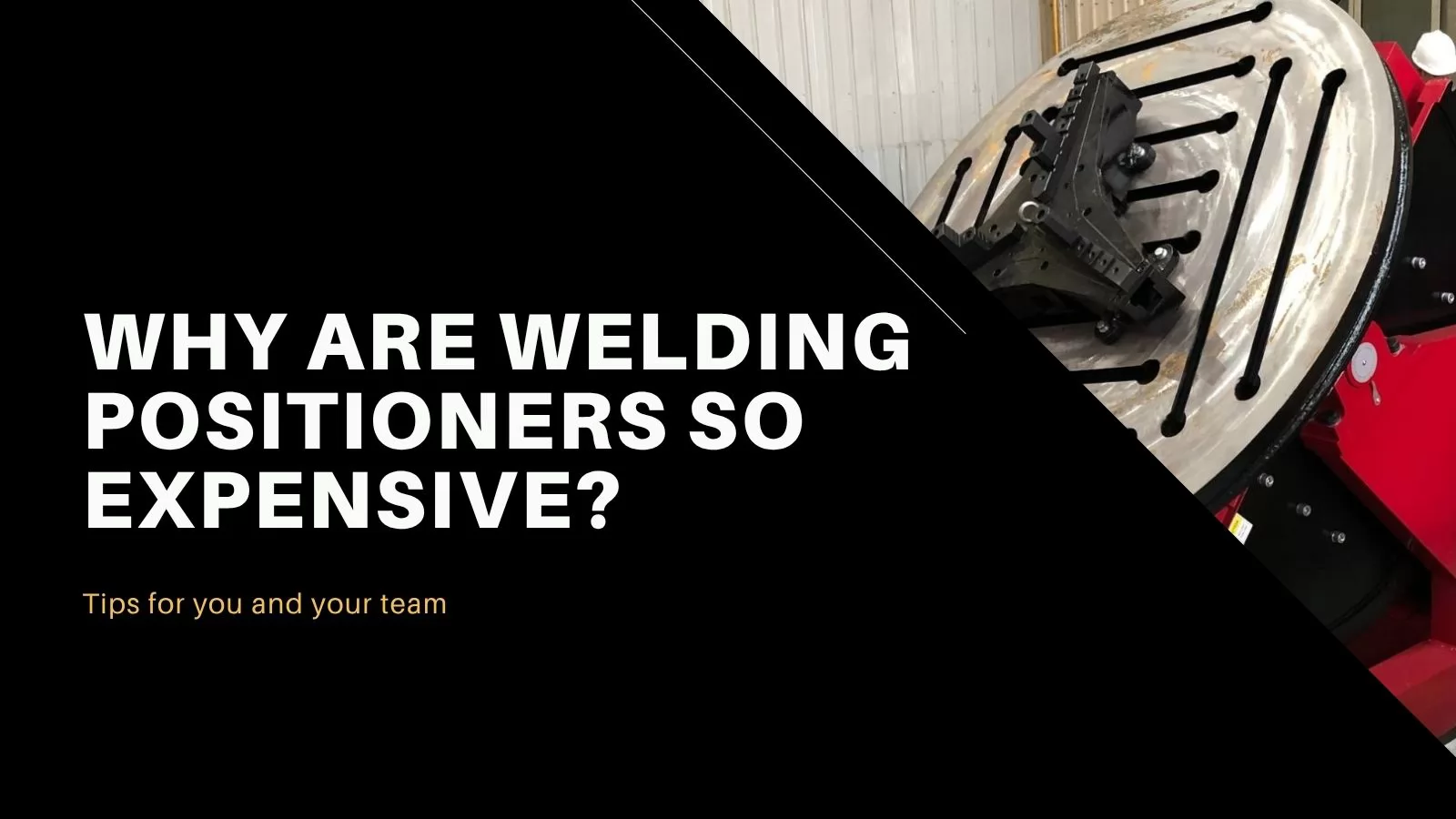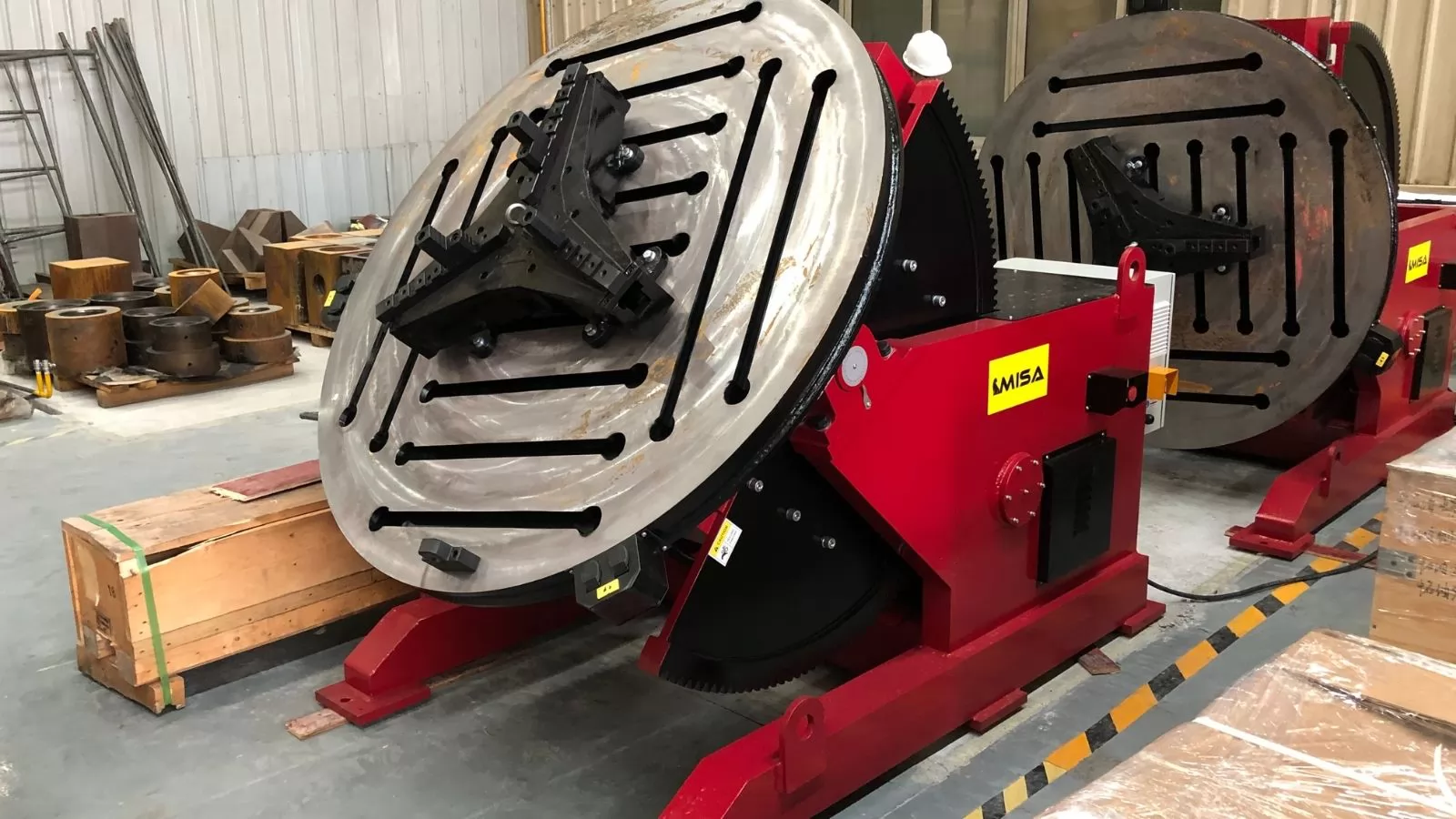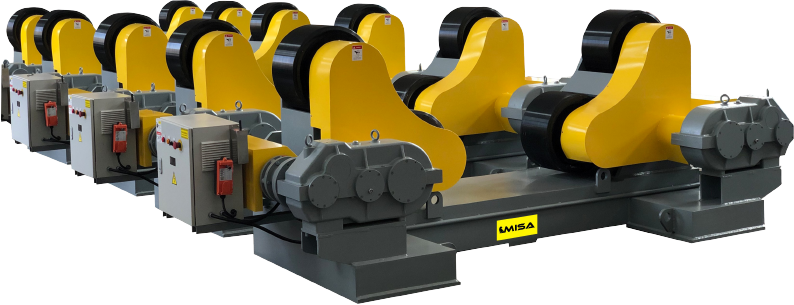


.png)
.png)
.png)



Welding positioners are essential automation tools used to rotate, tilt, or hold a workpiece in the optimal position for welding. Despite their importance in improving weld quality and efficiency, many buyers are surprised by their high price tags. In this article, we explore the reasons behind the cost of welding positioners and what factors to consider when evaluating their value.
A welding positioner is a mechanical device designed to hold and manipulate heavy or complex workpieces during welding operations. It allows for optimal positioning, consistent weld angles, and improved operator safety. Common types include rotary welding tables, headstock-tailstock setups, and pipe welding positioners.
The price of a welding positioner depends on several technical and economic factors:
Welding positioners come in various configurations to meet different project demands—from small workshop automation to heavy-duty seam welding. Below is an overview of typical types, including product series like MWP, MEWP, MHWP, and Head Tail Stock systems commonly used in industrial applications:
| Type | Typical Load Capacity | Representative Models | Price Level |
|---|---|---|---|
| Benchtop Rotary Positioner | Up to 100 kg | MWP Series | Entry-level |
| Heavy-Duty Tilting Positioner | 300 – 3,000 kg | MEWP / MHWP Series | Mid-range |
| Head & Tail Stock System | 5 – 20 tons | Custom Head Tail Stock | Premium |
These models are widely adopted in demanding applications such as vessel seam welding, surfacing treatment lines, and wind tower construction, where high load capacity, rotational precision, and automation compatibility are essential. Customized configurations with synchronized motors, PLC control, and integrated clamping systems typically fall into the premium category, while benchtop positioners remain accessible for smaller-scale welding setups.
While manual welding fixtures cost significantly less, they lack the flexibility, safety, and productivity gains of powered positioners. In high-volume production or pipe welding, a positioner can increase welding efficiency by over 50%, justifying the upfront investment.

Consider the following scenarios where a welding positioner becomes a smart investment:
Industries such as pressure vessel manufacturing, surfacing and overlay welding, and wind tower production frequently adopt automated welding positioners to reduce cycle times and improve weld integrity on large cylindrical or irregular components. In these settings, using a robust system like the MHWP Series or a Head & Tail Stock platform ensures both safety and repeatable quality.
To avoid overspending or underperformance, evaluate:
Some welding equipment manufacturers offer modular systems that balance performance and cost. Look for vendors who provide flexibility for future upgrades or automation integration.
Welding positioners are expensive not because of inflated pricing, but due to the precise engineering, automation features, and durability they offer. For manufacturers focused on productivity, quality, and worker safety, the right positioner can be a long-term asset rather than a cost. Understanding the price drivers and aligning your choice with operational needs will help ensure a smart investment.


